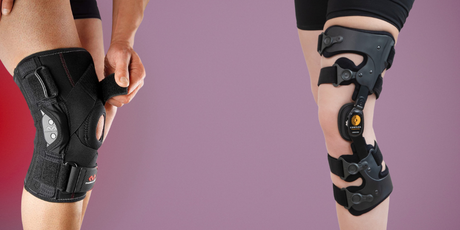Chafing is not in itself a clinical diagnosis but rather a collective term for different symptoms that can be caused by different injuries. However, the symptoms usually grouped together under the umbrella term of chafing are acute pain, tenderness, stiffness, cramping, numbness and burning pain in the calf. Chafing often occurs after performing physical activity and sports involving fast running in different directions. It is possible to get rid of chafing but often the symptoms are recurrent and something you have to put up with for a long time. A muscle tear in one of the calf muscles, along with damage to the connective tissue between the inner and outer parts of the calf muscle, are the two most common reasons why you suffer from the symptoms of clubfoot.
As the symptoms of chafing can have different underlying causes, the approach to rehabilitation varies from case to case. Muscle tears usually manifest themselves as acute pain in the calf and you will need to adapt your rehabilitation training to reduce the load on the calf before gradually returning to normal activity levels. Even though it can be very painful when you suffer from chafing, it is important for the healing process of the muscle that you get started and move around at an early stage. If you are running, the pain may have been caused by the Achilles tendon pulling too much on the deep muscles of the calf. In this case, it may help to review your stride and running shoes to ensure that the calf is not overloaded in the future.
Since it is very important for the healing process of the calf muscle that you, despite the pain, get going and move around, it may be good to review whether you can use any aids to facilitate the healing process and reduce the pain. Compression socks can be nice to wear both during rehabilitation training but also otherwise, as they increase blood circulation in the calves. This speeds up the healing process of the muscle and warms the leg, which helps to reduce pain. It's also important to review your running shoes to make sure you have a pair with enough support and cushioning to straighten your foot properly. Putting in cushioning gel inserts, which effectively prevent the calves and Achilles tendons from being overstressed during physical activity, can also help with pain.












